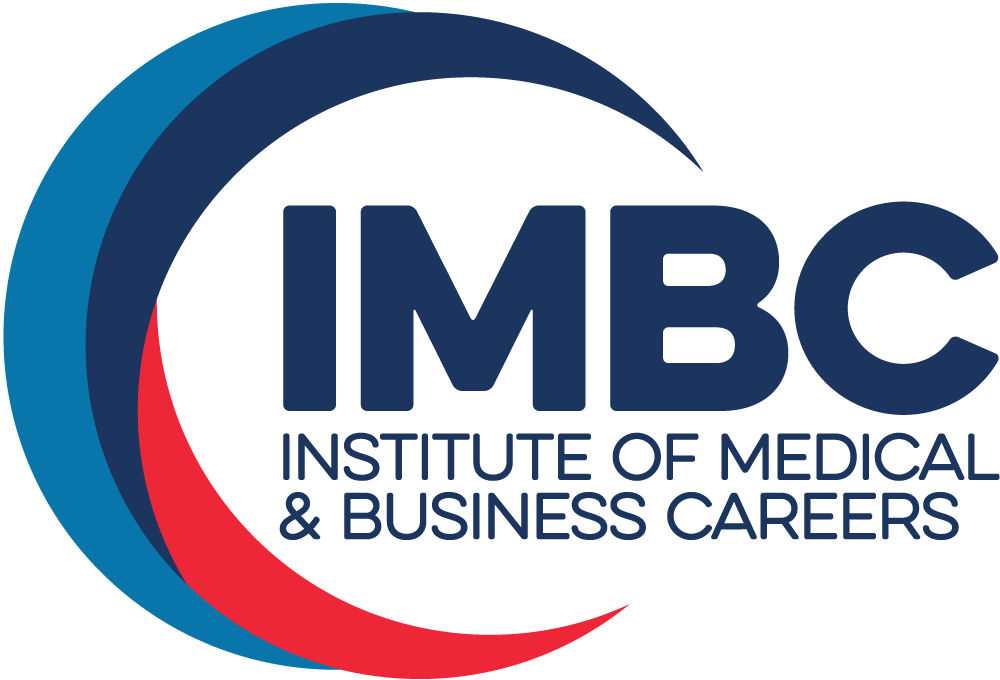Are you a motivated person who enjoys taking on new challenges? Would you like to interact with patients and healthcare providers in a medical office environment? Do you like being in charge? Then a career in medical office administration might be the right fit for you! No two days at work are typically the same for the medical office administrator, or MOA, for short.

Also known as a medical secretary, the MOA is responsible for a wide array of duties and tasks. In fact, the MOA is the medical office team member who keeps a medical office running smoothly by handling administrative and clerical tasks. This frees up time and energy for the doctors and nurses to focus on treating patients. While the MOA is mostly a behind-the-scenes player, he or she typically interacts with patients but does not perform any clinical care duties.
Tasks a medical office administrator handles typically include data entry, patient service, patient billing, medical and office supply management, scheduling, and may, at times, be asked to perform medical insurance procedure coding as well, depending on the specific place of work. Furthermore, he or she must be comfortable using a computer, well-organized, and be able to type and multitask without getting stressed out.
The MOA works in hospitals, clinics, senior and assisted-living residences, outpatient care centers, and can also work for dental care providers. While formal education and training are not always required for the job, it is strongly recommended as the majority of employers prefer candidates who have a medical office administration diploma which demonstrates their skills in understanding how healthcare offices run. Twelve-month online diploma programs are available, and there are in-person on-campus programs as well, which can sometimes be completed in under a year. These programs will provide you with all the administrative and clerical skills you need to get started with an entry-level job; and because there are typically no internships or certifications required for graduation, you can enter the job market and start work quickly. As far as job outlook is concerned, by 2028 there will be 96,400 new jobs in the field, and in 2018, there were 601,700 people employed in similar fields in the U.S., according to the U.S. Bureau of Labor Statistics.
But what does a day in the life of a medical office administrator look like?
A typical day for the MOA in a dermatologist’s practice

A dermatologist is a physician who focuses on treating skin disorders or ailments. While an MOA may work in nearly any type of healthcare facility, in any specialty, our example below is for a dermatologist. Your daily tasks may vary depending on where you end up working. While each day can be different and the order in which tasks are performed may vary, the following activities are what one can expect when working for a private practitioner.
First of all, the MOA unlocks the door, deactivates the alarm (if any), washes their hands, and if necessary, changes into scrubs or a uniform. Once they get to their workspace, typically at the front of the practice, they sanitize it, log into their computer, and open the necessary software. Other tasks might include prepping the reception area with supplies, tidying up materials, and turning on any patient-facing screens, like sign-in kiosks or televisions. The MOA may be responsible for stocking patient-facing refreshments such as tea and coffee stations, as well.
Next, the voicemail messages are checked and responded to, and the phone lines are opened. After, the day’s appointments are reviewed, and future appointments are scheduled. Charts are prepared for the day and organized for the physicians, and then the MOA opens the door and greets patients.
While patients are in the waiting area, medical insurance billing activities may be completed. This involves using specialized patient and insurance billing software and potentially speaking with both patients and insurers on the phone to resolve any concerns. The personal protective equipment (PPE) inventory, including face masks, sanitizer, gowns, face shields, and gloves, should be updated, and office supplies can be ordered as well. Once these tasks are complete, the MOA may assist with logging receipts, expenses, and processing payroll.
The MOA’s tasks will be interrupted often, because he or she will also be guiding patients to exam rooms, answering phones, and speaking with patients as they walk in or leave the office. There will also be charts to update, prescription samples to organize, and patient referrals to transcribe. There will also be many phone calls to other healthcare providers, pharmacies, and insurance companies to conduct. Outdated documents also need to be shredded, but this should be done away from patients, in a backroom, due to the noise of a shredder.
Finally, near the end of the workday, the MOA may be responsible for assisting in the cleanup, including the disinfection of exam rooms, workspaces, and equipment. Then, the workspace is tidied, the electronic health records (EHRs) and files are backed up, and charts are prepared for the next day. The MOA might also be responsible for locking up and setting the alarm. It’s a very busy day, but the time passes by quickly!

In all, this type of work requires individuals who like to keep busy, enjoy interacting with others, and have good organization and communication skills. They must enjoy a dynamic office environment where multi-tasking is essential, and they must be customer service oriented, good helpers, and most importantly, a people person. It is sometimes easy to forget that patients can be at their most vulnerable during their visit, and a medical office administrator must be empathetic as well as competent. The job might seem incredibly demanding because these “soft skills” are needed along with the clerical and administrative skills the future MOA will learn in their chosen program. However, the work is rewarding, and the MOA keeps things running smoothly in a medical facility, allowing doctors and healthcare providers to dedicate more time to their patients. It can even be said that the MOA is one of the most important figures in a doctor’s office. So, if this sounds like a good fit for you and would like to learn more to find your S.P.A.R.K., visit the Institute of Medical and Business Careers website and speak with an admissions team member today!
